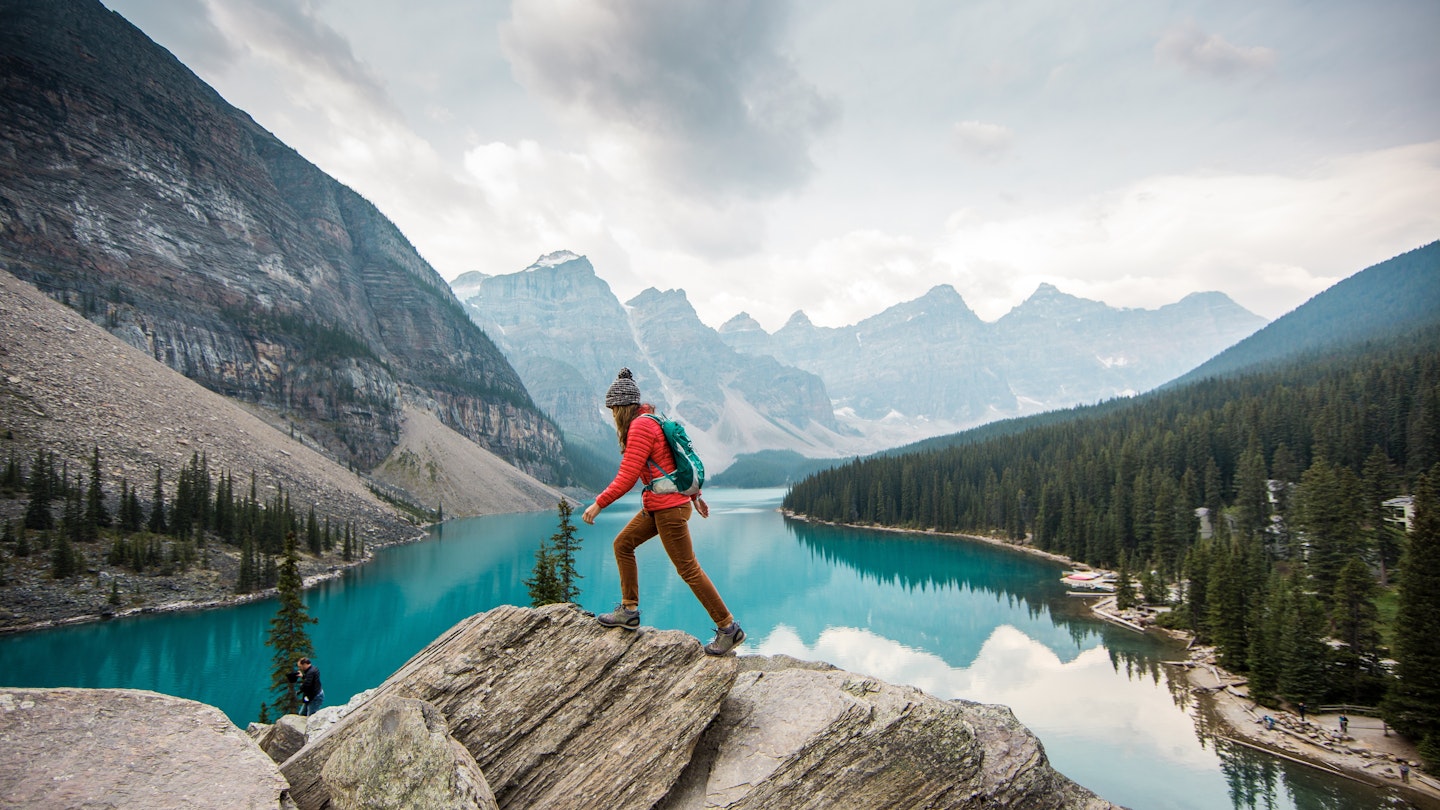12 Things You Should Know Before Visiting Canada with iBestTravel
As a born-and-raised Canadian, I’m often surprised by how little people know about my country. For instance, I’ve been asked what it’s like to live in an igloo. (For the record, I don’t; it rarely snows in Vancouver, which I call home.) Furthermore, many people wonder about the best way to explore the entirety of Canada in a one-week trip. Considering it’s the second-largest country in the world, this would certainly be challenging. Therefore, I put together this list of essential things any traveler should know before their trip to Canada.
1. Canada is too big to see in one visit
Canada is vast—about 10 million sq km (3.86 million sq miles)—and includes the second-highest mountain peak in North America (Mt Logan in Kluane National Park, Yukon) along with the world’s longest coastline, meeting the Pacific, Arctic, and Atlantic oceans. With 10 provinces, three territories, and six time zones, Canada promises endless experiences.
When planning to visit Canada, it might be best to focus on one province or territory. From the lush forests and coastal beaches of British Columbia to the vibrant and culturally rich cities in Ontario, each region has its own unique landscape, culture, and people.
2. Not all Canadians speak French
Although Canada is officially bilingual, not everyone speaks both languages fluently. Canada is one of the most ethnically diverse countries globally, and while French and English are official languages, certain regions may exhibit fluency in only one of them—sometimes neither. Signage and packaging, however, typically feature both languages due to the Official Languages Act of 1969.
3. Be prepared for unfamiliar words
In Canada, we often use unique terms for everyday items, truly enriching our travel experience. Familiarizing yourself with these words can enhance your visit and make interactions more enjoyable.
4. Canada uses the metric system
Measurements in Canada are in kilometers, gas is pumped by the liter, and weather forecasts are expressed in Celsius. Visitors from the USA using the imperial measurement system may find this a significant adjustment.
5. It’s not always snowing in Canada
The climate in Canada varies greatly across its vast geographical expanse. For example, the west coast of British Columbia enjoys a mild climate year-round. In contrast, northern regions like Nunavut may experience average temperatures of -20°C (-3°F) throughout the year. Thus, it’s advisable to check climate averages for your destination and pack accordingly.
6. Indigenous cultures hold significance
The First Nations, Métis, and Inuit peoples are vital to Canada’s history and modern culture. Engaging with Indigenous experiences, such as guided cultural tours or stays at Indigenous-owned lodges, can enrich your understanding of Canada’s heritage and its connection to the land.
7. Prepare for over-politeness
The stereotype of the overly courteous Canadian is indeed accurate. Canadians often say “sorry,” hold doors open, and greet strangers with a friendly “Hello!” Norms of politeness extend even to road conduct, where courtesy is appreciated.
8. Sample Canadian cuisine
Canada offers delicious food options to explore. From poutine (fries topped with gravy and cheese curds) to beaver tails (fried-dough pastries), there are numerous tasty treats that are a must-try. Regional specialties abound, including lobster rolls from Nova Scotia and Montreal bagels.
9. Always leave a tip
Tipping is customary in Canada, typically around 18% of the total bill, whether at a restaurant or a salon. It’s considered rude not to tip, and many Canadians will tip more for excellent service.
10. The legal drinking age varies
The legal drinking age in Alberta, Manitoba, and Quebec is 18, while it’s 19 in the rest of the country. Be aware of the local laws as you travel.
11. Respect wildlife
Canada is rich in diverse wildlife, from black bears in British Columbia to playful foxes in Prince Edward Island. Remember to observe wildlife responsibly by keeping distance and never feeding animals, as it’s illegal.
12. Canada is one of the safest destinations
With strict gun control laws and low crime rates, Canada is generally safe. While police are trusted and responsive, it is always wise to stay aware of your surroundings, especially in unfamiliar areas.




